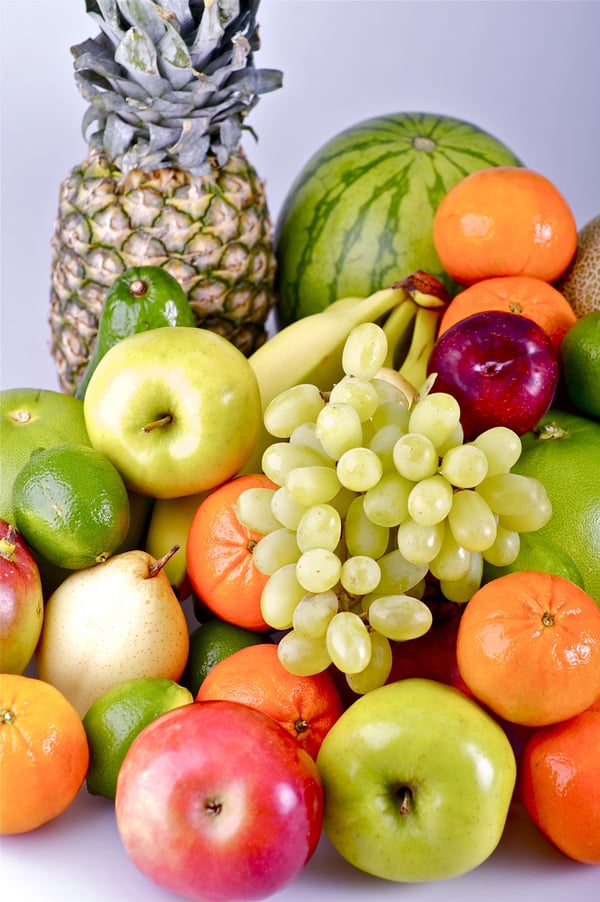25 Fruity Facts
1. The study of fruits is called POMOLOGY. 2. Red-colored fruits keep your heart strong. 3. Orange-colored fruits tend to keep your eyes healthy. 4. Yellow-colored fruits prevent you from getting sick. 5. Green-colored fruits help in making your bones and teeth strong. 6. Dark green veggies have more vitamin C when...
HEALTHY & FUN FRUITY FACTS
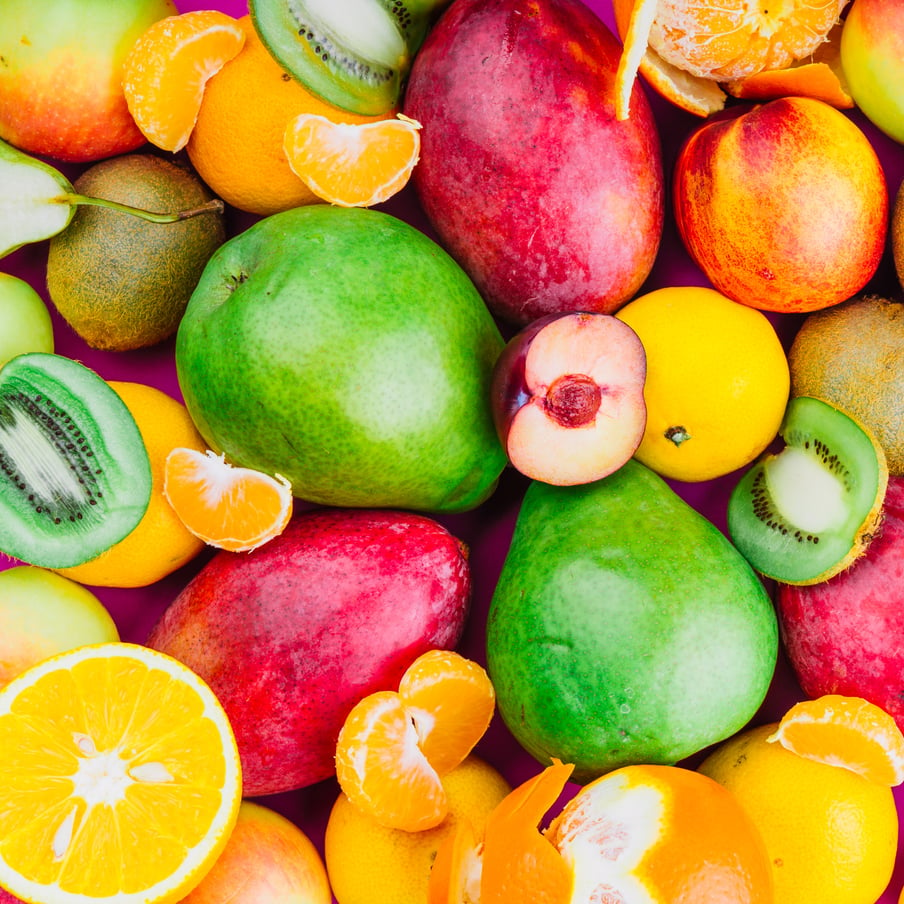

25 Fruity Facts
1. The study of fruits is called POMOLOGY.
2. Fruits are important sources of dietary fiber, vitamins (especially vitamin C), and antioxidants. A lot of people knew this one already but what they don’t know are the benefits of fiber. It can help keep your bowel movements regular, help lower cholesterol, regulate blood sugar, and help you feel fuller for longer. Pretty much all of those things can lead to you feeling healthier, losing weight, and eating less bad food.
3. Red-colored fruits keep your heart strong.
4. Orange-colored fruits tend to keep your eyes healthy.
5. Yellow-colored fruits prevent you from getting sick.
6. Green-colored fruits help in making your bones and teeth strong.
7. Dark green veggies have more vitamin C when compared to light-colored veggies.
8. Purple and blue fruits help enhance memory. A new fad among chefs around the industry is purple vegetables. In some grocery stores, you can find a lot of vegetables in purple including carrots, potatoes, cauliflower, corn, and asparagus. Purple vegetables have anthocyanins. Early studies suggest that this flavonoid has a lot of health benefits such as the prevention of heart disease, some cancers, improved general health, and could even protect our brains as we age. If you find some purple veggies, give them a try because they’re pretty awesome. You can also find anthocyanins in high quantities in berries.
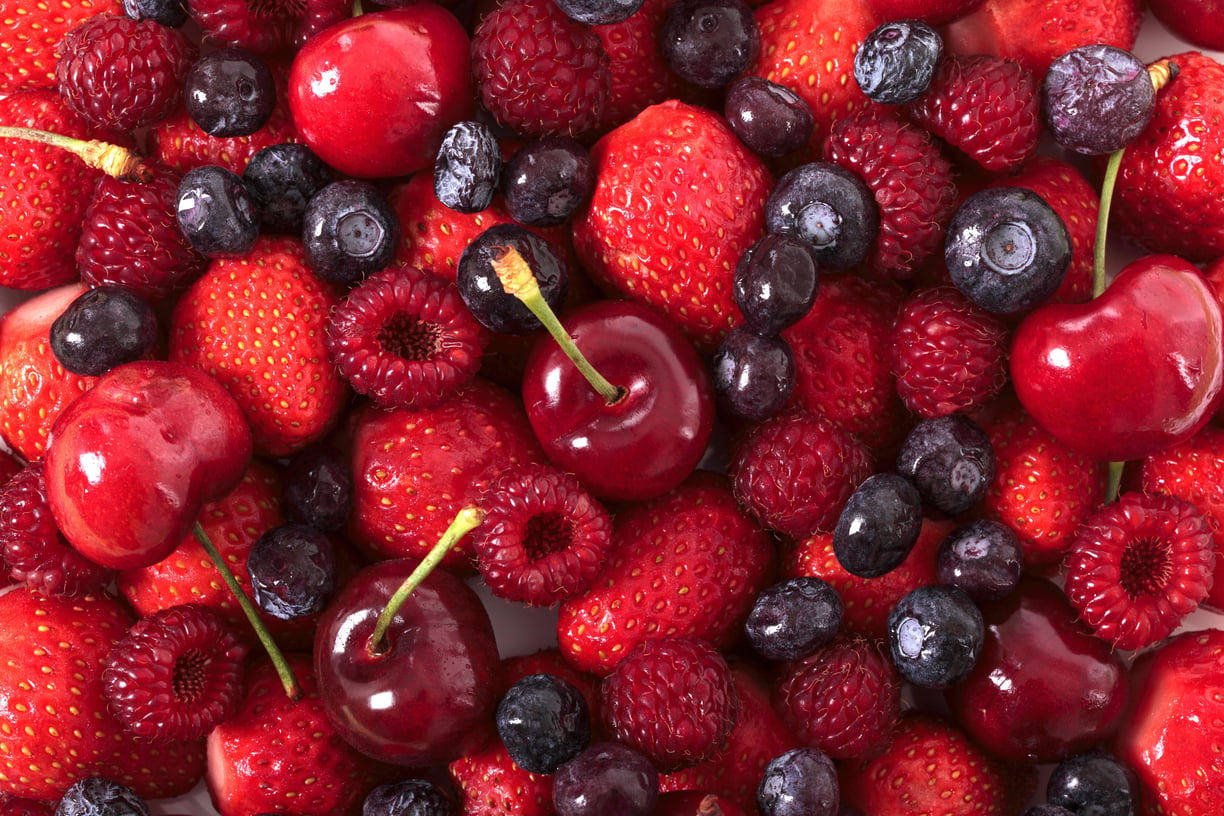

9. In most cases, the outside of the fruit or vegetable in question is more nutritious than the inside. The stalk, rind, or skin of a fruit is typically more nutritious than the actual fruit. So, if you peel your fruits before eating them, you may be making a nutritional mistake. On many fruits and veggies such as carrots, apples, and cucumbers, a good percentage of the nutrition is actually stored in the skin. That means when you peel them, you’re actually peeling away nutritious benefits. The skins also contain a lot of fiber and we’ve already talked about all the great things that fiber can do.
10. Dried fruits are delicious, but can be higher in calories than fresh fruits as the process of drying reduces the water content and volume. Enjoy, but in moderation.
11. Apples, cherries, apricots, pears, plums, peaches, and raspberries are all members of the rose family.
12. Pumpkins and avocados are not vegetables. They are fruits.
13. In botany, a fruit is a seed-bearing structure in flowering plants formed from the ovary after flowering. In common language usage, “fruit” normally means the fleshy seed-associated structures of a plant that are sweet or sour, and edible in the raw state, such as apples, bananas, grapes, lemons, oranges, and strawberries. Many botanical fruits are known as vegetables in common language such as tomato, eggplant, zucchini, peppers, cucumber, olives, beans, green beans, and peas. Also, botanically, a cereal grain, such as corn, rice, or wheat, is also a kind of fruit.
14. Blackberries and strawberries are not technically berries as they are derived from a single flower with more than one ovary, making them an aggregate fruit. True berries are simple fruits stemming from one flower with one ovary and typically have several seeds including, the tomato, pumpkin, and watermelon.

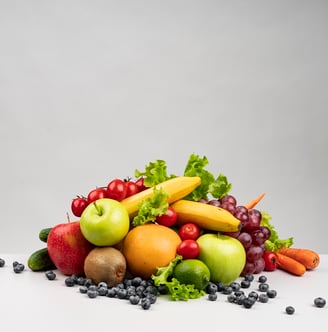
15. There’s a tree called SALAD TREE that sprouts 3 to 7 different fruits in the same tree.
16. Grapes, once picked, are unable to ripen. This is unlike the banana or orange, which are typically picked green, and then allowed to ripen in warehouses.
17. Most commercial fruits shown for sale at supermarkets are clones. Which, when you actually look at supermarket displays of perfectly identical apples and oranges and peaches, isn't that shocking. This genetic manipulation of fruit is caused through grafting, so that customers are able to purchase fruit they have a consistent look and taste. Producers want specific varieties of fruit, called cultivars (say, Fuji apples or Bosc pears) to remain perfectly consistent, without all the unpredictable genetic mutations you get with old-fashioned sexual reproduction (pollinating flowers, planting seeds, and seeing what the heck comes up). If natural pollination occurred, the fruit for sale might be more like picking from a box of chocolates. There would be a lot more unexpected results!
18. The clone tree armies are grown by grafting. If you ate a Macintosh apple and planted the seed, the tree it grew would produce apples that looked and tasted nothing like Macintoshes. So, instead of planting seeds, growers attach a cutting from the genetically desirable tree onto an existing branch or sapling (called the "rootstock") so that the grafted bit produces apples genetically identical to those on the tree it was cut from. If you look closely at the tree in the photo, you can see that there are multiple types of apples on the different branches, all grafted onto one rootstock tree.
19. With seedless fruit, like some citrus, the necessity of grafting is even more extreme: Since the trees don't produce seeds (originally a genetic mutation that was noticed and propagated because it's so darn convenient), they're incapable of reproducing without being cloned by humans.
20. There’s no doubt in anyone’s mind that eating fruits and veggies is required for a truly healthy diet. However, a little-known fact is that some fruits and veggies contain toxic chemicals. The most widely known toxin in fruits is cyanide. Cyanide is a toxin found in certain fruits, like apples, peaches, apricots, and cassava roots. Potatoes contain occasionally harmful amounts of a toxin called solanine, which can cause paralysis, hallucinations, or death. There are rarely enough in potatoes to cause harm and farmers grow them in a specific manner to keep the toxin low. Even so, if you’ve consumed any of these fruits or veggies, you’ve been exposed to toxic chemicals and they’re not from pesticides for once. Thankfully, you can consume these plants without worrying, as the toxin levels are very low. People who have an allergy to latex are more likely to be allergic to mangoes and kiwis.
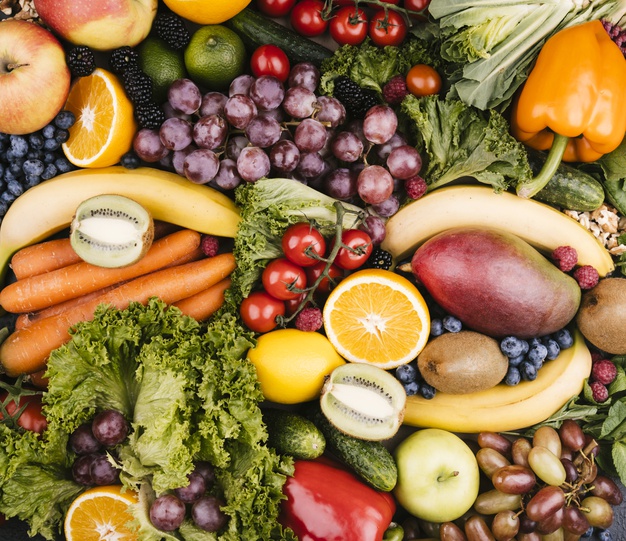

21. Grapes and raisins can be fatal to dogs and other pets as they can cause kidney failure.
22. Japanese Yubari cantaloupes are the most expensive fruit in the world; two melons once sold at auction for $23,500. People in Japan pay astronomical prices for luxury fruit like tattooed apples and coddled cantaloupes, usually given as gifts. Demand has dropped in recent years, but the numbers are still pretty staggering.
23. It’s a wildly popular rumor that frozen veggies and fruits aren’t as nutritious as their frozen counterparts. This simply isn’t true. Studies by the FDA have confirmed that any decrease in nutrition from freezing vegetables is negligible at best. So you can eat it fresh, frozen, or even drink it and you’ll get the same benefits! Do keep in mind that if you drink it, it has to be 100% juice. A brand with only 10% is obviously not going to be more nutritious.
24. There is a long-standing myth out there that you can eat some fruits and vegetables that require more calories to digest than they actually give. Unfortunately, this is total hogwash. There are foods out there that have very few calories. For instance, a stalk of celery has between six and ten calories. There is a metric called TEF (Thermal Effect of Food) that measures how many calories are used to digest food. Generally speaking, it’s only about 10% to 20%. That means a ten-calorie stalk of celery still gives you eight calories even after digestion. Now you know! All fruits and all vegetables are low in calories. You can eat two pounds of vegetables and barely crack 300 calories. This is why you hear nutrition professionals, doctors, and other health-conscious people tell you to eat them for snacks.
25. A bag of chips contains fat, oil, and a lot of calories. A pound of carrots contains none of those things. It is absolutely absurd how much fruit and vegetables you can eat before the calories start stacking up. One stalk of celery is about ten calories. For the average 2,000 calorie diet, you would have to consume 200 stalks of celery. Good luck with that!
